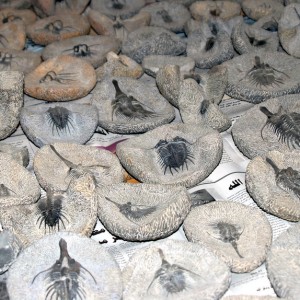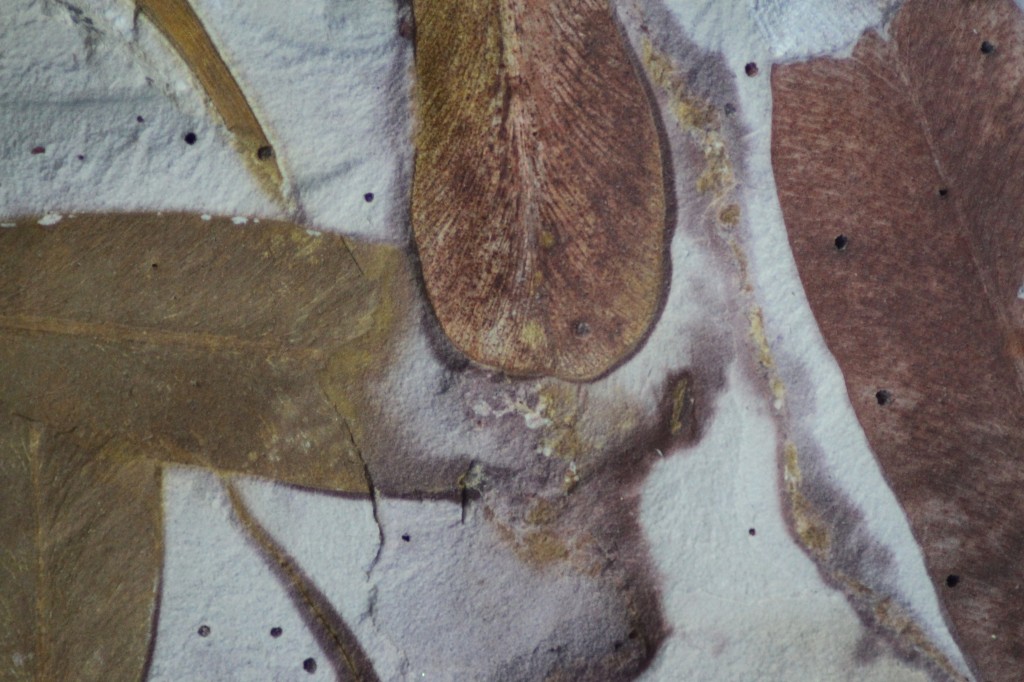The Permian period is a division of earth’s history spanning from around 299 to 252 million years ago, and during which landmasses coalesced to form the supercontinent Pangaea. The atmosphere of the Permian was comparable to the present, with CO2 and Oxygen content marginally higher than current levels. The Early Permian was in the grips of an ice age which had begun in the Late Carboniferous. Later the climate became warmer and drier. Permian oceans were similar to those of the carboniferous. Reefs formed in shallow seas within which corals, sponges, molluscs and echinoderms thrived. On land reptiles, which could cope better than amphibians in the arid conditions of the Permian, began to flourish and dominate global ecosystems. Among these were the mammal-like reptiles including Dimetrodon, a huge sail-backed predator. The end of the Permian is characterised by the largest mass extinction in earth’s history. Some 90% of marine species and 70% of land species died out. The extinction has been linked to the Siberian traps volcanism, one of the largest known volcanic episodes. Among the casualties were the trilobites, sea scorpions and acanthodian fish. Many surviving groups, such as the brachiopods, suffered a catastrophic loss in diversity from which they would never fully recover.

Published on July 1st, 2013 | by David Marshall
Trilobites are one of the most instantly recognisable groups of fossils. They were present from the very start of the Paleozoic and went on the fill a great number of ecological roles before going extinct at the Permo-Triassic [&hellip... Read More →













